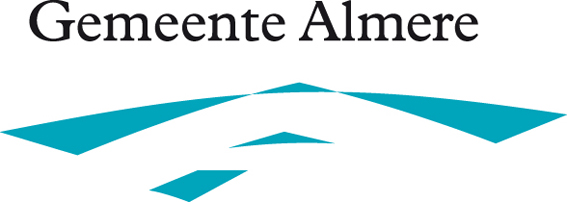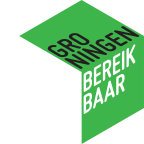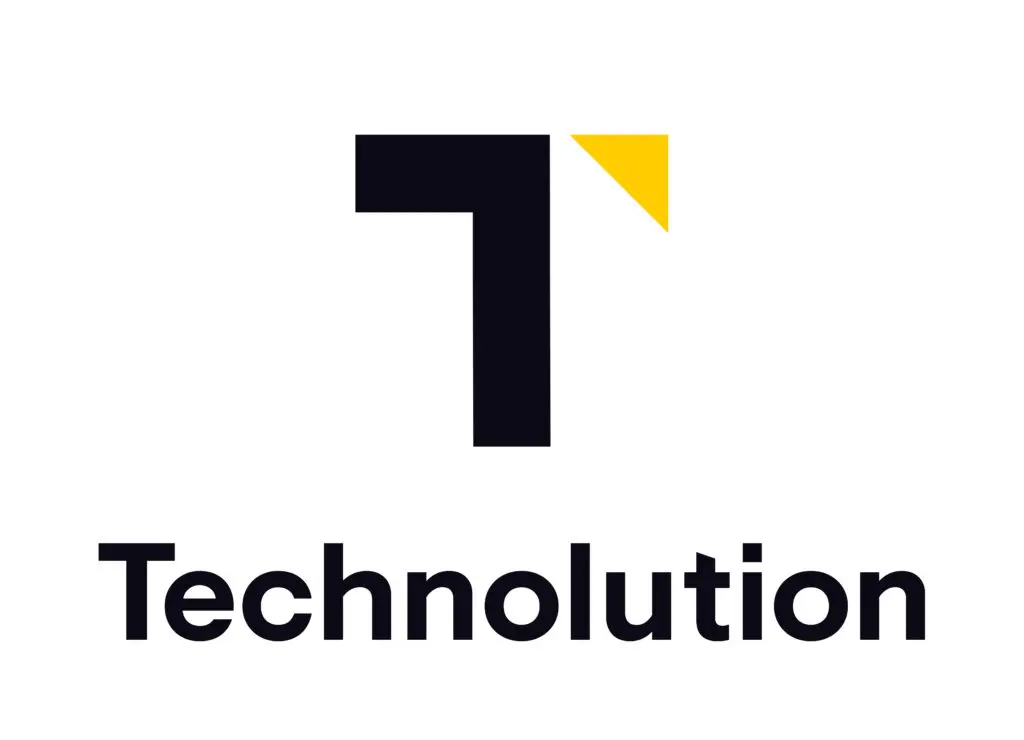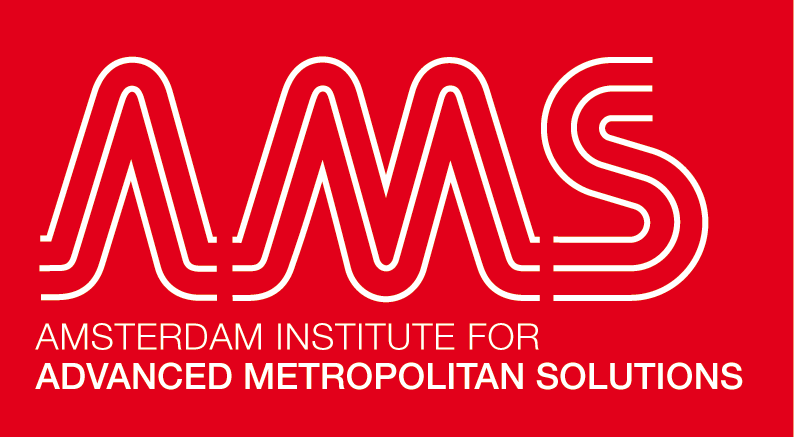Home » About us
About us
Public space belongs to all of us. On sidewalks, streets, and roads, squares, water bodies, and parks, we meet each other, seek relaxation, or earn our living. We take a stroll, chat with neighbors, do our shopping. We take our children to the playground or go to work. We exercise, celebrate parties, picnic, and swim.
Our cities are becoming increasingly crowded. New residents and jobs are arriving. Naturally, traffic is also significantly increasing. The limits of this growth are causing tensions: our public space and mobility system are under pressure, people feel unsafe in traffic, and not everything fits in the city anymore.
Doing nothing is not an option
We can no longer continue allocating public space as we always have. We must consider three explicit limits of our mobility system.
The social boundary
The social limit concerns the basic needs of people in the city to participate in society. Mobility is under pressure for many vulnerable groups. The measures we take must be socially just.
The ecological boundary
The ecological limit relates to the planet’s capacity regarding harmful substances and resource consumption. We are currently exceeding these limits significantly.
The feasibility boundary
The feasibility limit concerns what we can make possible. The city’s resources – space, money, personnel capacity – are limited.
About DRO-DMI
Digital orchestration of the use of public space (DRO-DMI) consists of the partners Almere, Groningen Bereikbaar, gemeente Amsterdam, Goudappel, AMS Institute, ViaNova, and Technolution. Together, we have five years to accelerate the development, use, and standardization of technology in the fields of mobility and sustainable urbanization, thereby reducing the strain on public space.
About the DMI-ecosystem
As DRO, we are part of the DMI ecosystem. DMI is a platform of public and private parties, organizations, and knowledge institutions focused on maximizing the opportunities offered by data and new technology to accelerate sustainable urban densification and innovate mobility. DMI is made possible in part by the National Growth Fund.
Partners







